Products are selected by our editors, we may earn commission from links on this page.
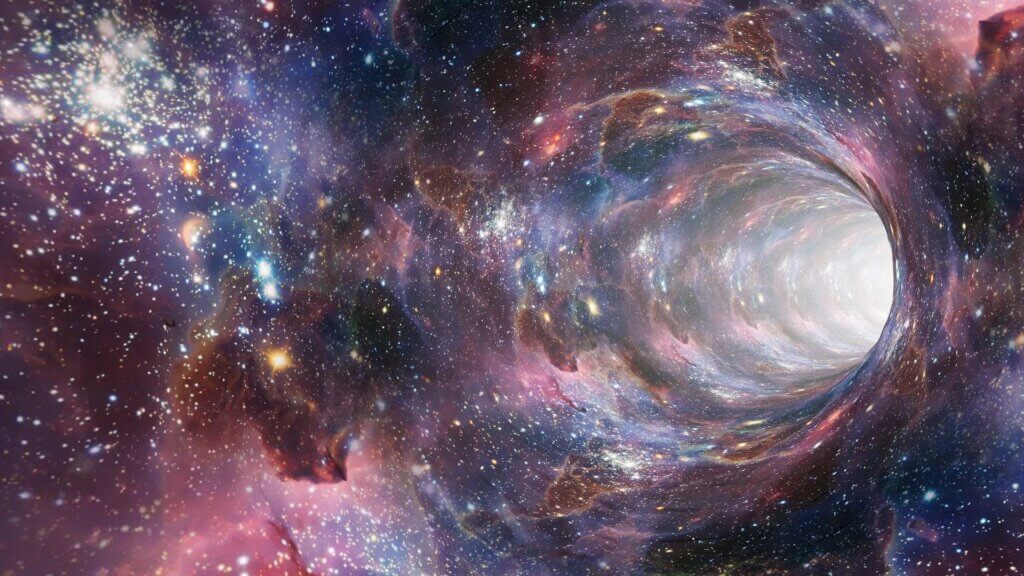
One thing remains true: Space continues to surprise us at every turn, and we still have much to learn. A recent discovery of a strange “interstellar tunnel” is one such example. This channel that appears to stretch from our solar system to far-off stars changes our perspective on how we see the space between galaxies and suggests that pathways may actually link us to the wider galaxy.
The Local Hot Bubble
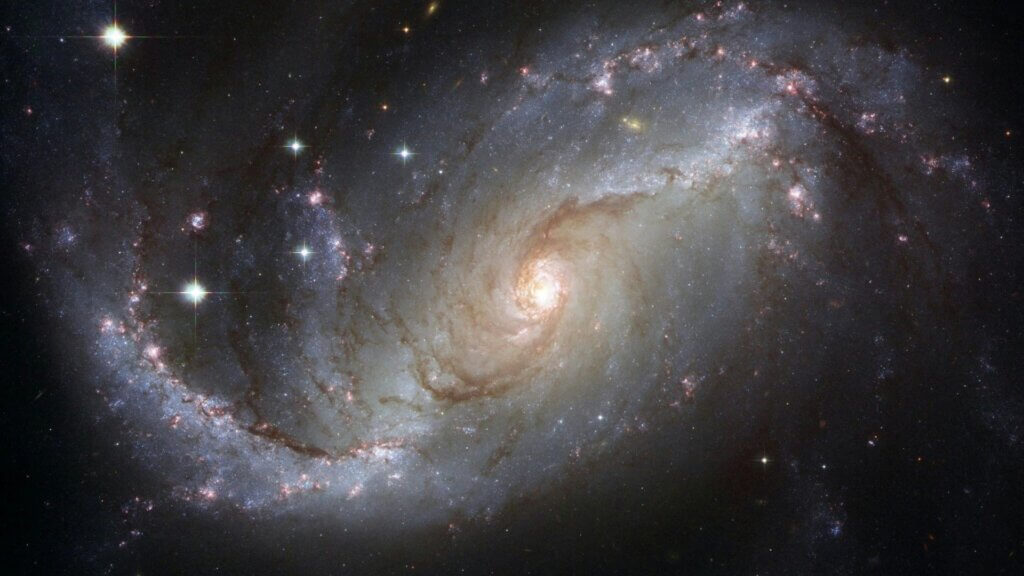
Astronomers say our solar system resides inside a structure known as the Local Hot Bubble. This is a region known for its hot, low-density gas that was formed by ancient stellar explosions. This bubble spans roughly 300 light-years or more and influences how interstellar material flows near us. However, scientists have now found unexpected features within it.
Tunnel Discovery
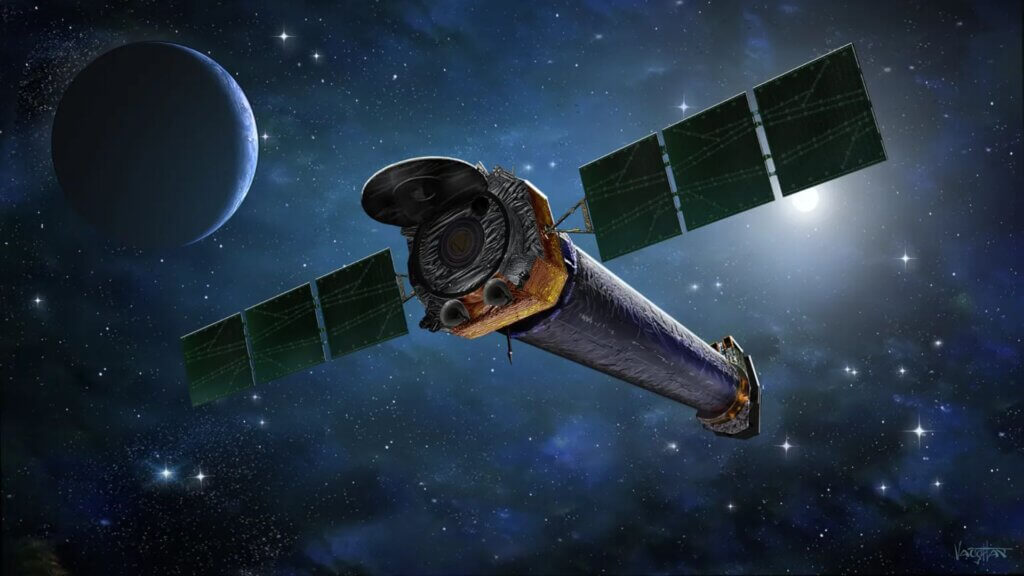
Using data from the eROSITA X-ray telescope, researchers mapped X-ray emissions across the sky and identified a channel that reaches toward the Centaurus constellation. This “tunnel” appears to push right through surrounding material, forming a path of hot plasma connecting our bubble to more distant regions of space. A second possible route seems to aim toward Canis Major, meaning there may be an entire branching network of these pathways that connect our solar systems.
Structure of the Channel
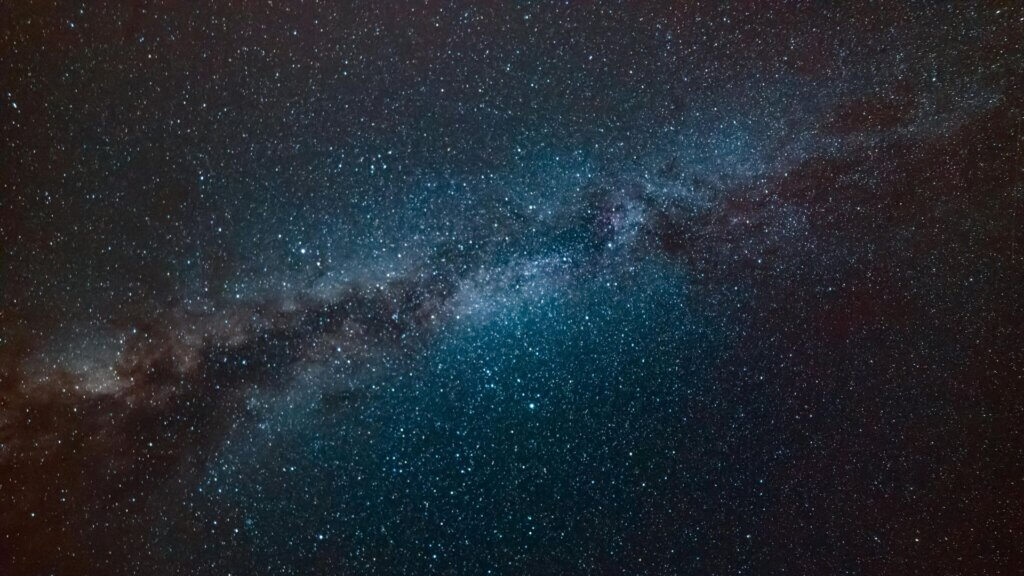
The newfound channel is characterized by low density and elevated temperature, making it stand out from surrounding gas clouds when using the X-ray telescope. It appears to cut through cooler, denser interstellar material. The orientation and geometry of the tunnel appear to join other superbubbles that reach far beyond our solar system.
Where Did it Come From?
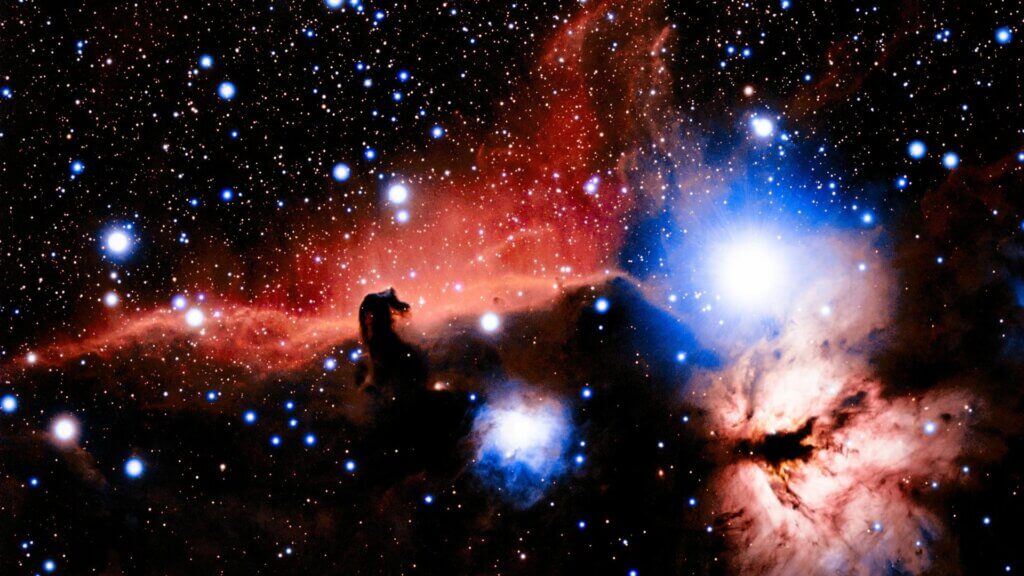
While scientists are not yet certain about the origins of this pathway, they theorize that stellar winds and other space material slowly sculpted it over millions of years. Expanding shock waves may have cleared paths, creating connected voids. Other experts believe the pathways were made through a combination of gas pressure and star formations.
Implications for Physics
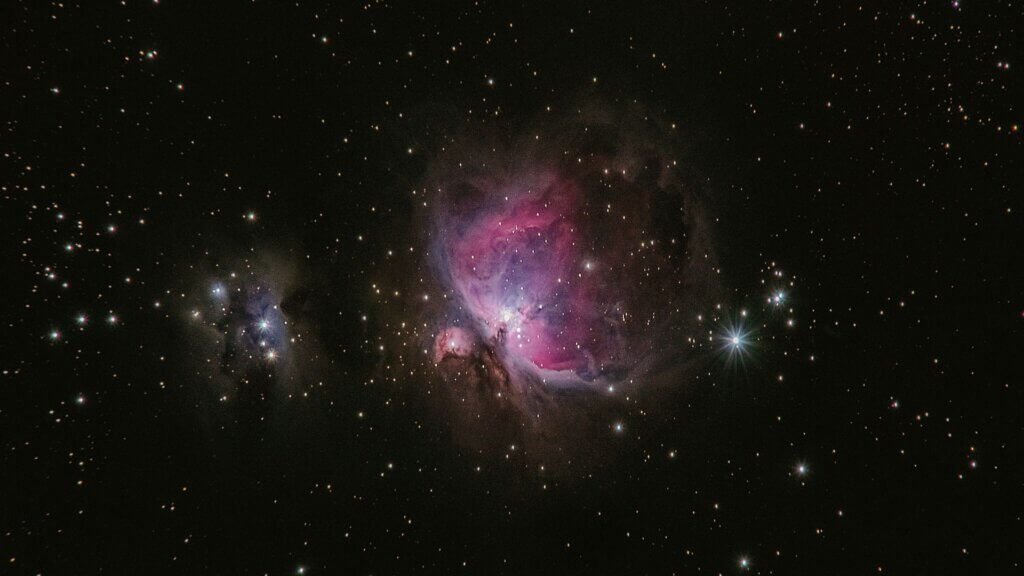
It is possible that these tunnels could be used as conduits for things like magnetic fields, cosmic rays, or charged particles. If these things can travel freely through the tunnel, it would change what we thought we knew about how matter and energy are redistributed in the galaxy over time. This gives fascinating new insight into how stars interact with their environment.
Seeing Our Galaxy Differently
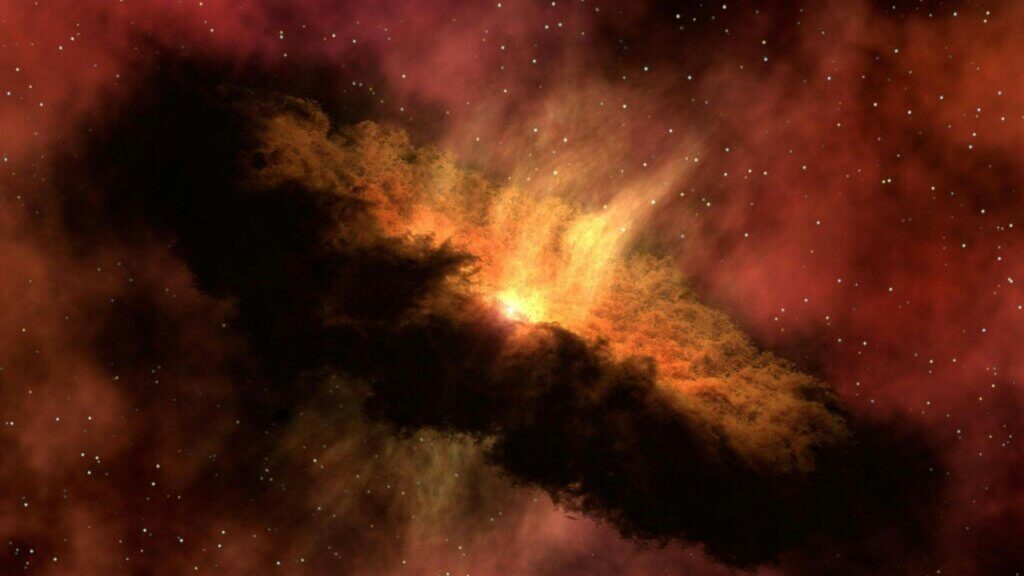
Rather than thinking of the Milky Way as a group of isolated bubbles, this discovery supports the idea of an interconnected network of cavities and passages, like the Subway system under New York. The tunnels may link various star-forming zones, supernova remnants, and vacuum pockets. Thus, these invisible highways reshape how we visualize our solar system and its connections to others!
The Challenge
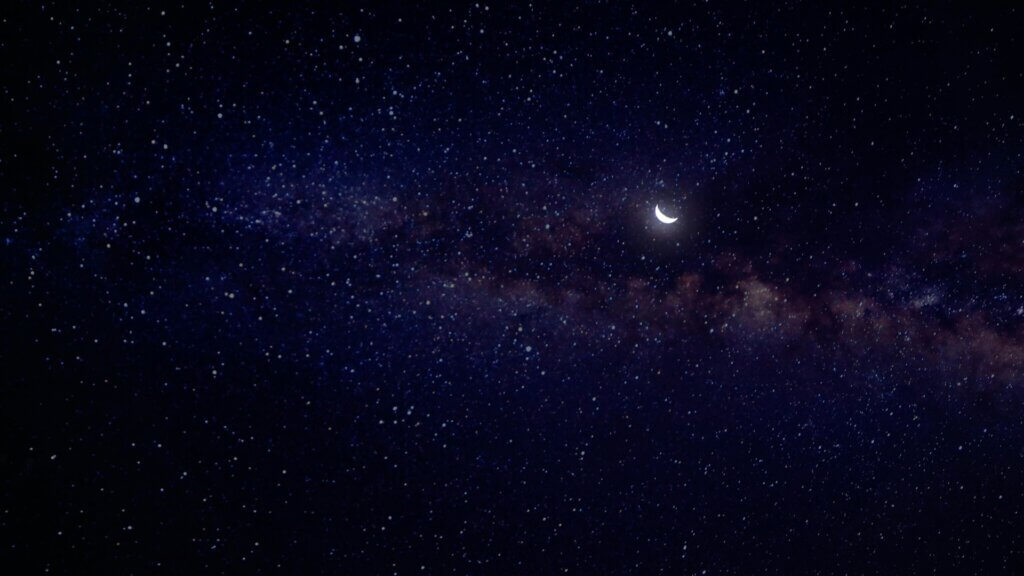
The challenge in mapping the tunnels and potential other ones like it is that the emissions are extremely faint. The surrounding gas and dust make it difficult for experts to truly see the path and distinguish one channel from another. This requires more sensitive instruments and deeper surveys.
Future Projects
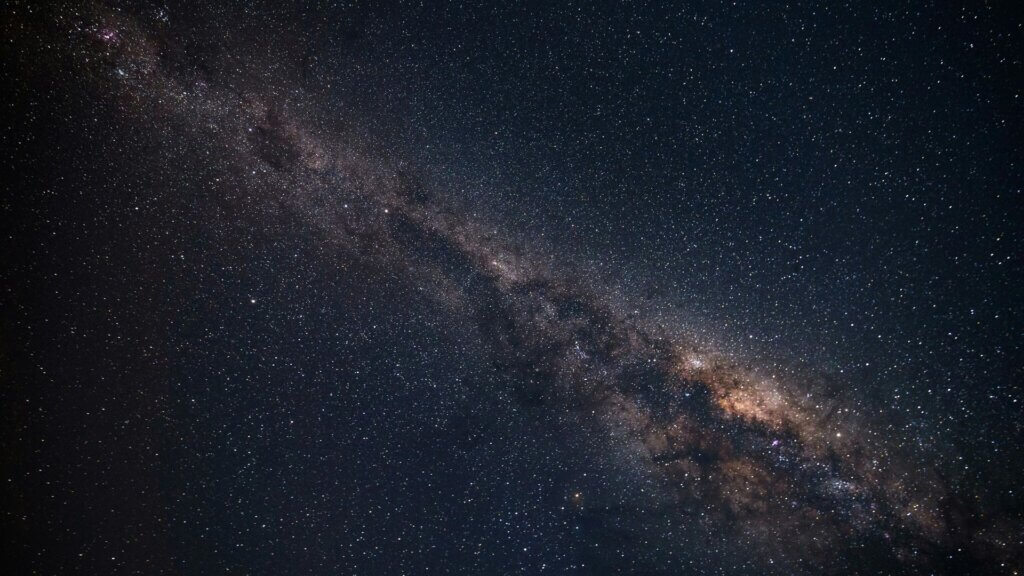
Upcoming X-ray observatories, deeper galactic surveys, and improved computational models will help trace these tunnels further. Astronomers hope to reveal whether the Centaurus path joins a major superbubble or whether more hidden channels are yet to be discovered and explored.
Conclusion

The interstellar tunnel discovery is a much-needed step towards being able to create a 3D visualized map of our galaxy. It reminds us that we have so much left ot learn about our galaxy and others. As we explore further, these tunnels may change the way we think about motion, flow, and connection in the Milky Way.

